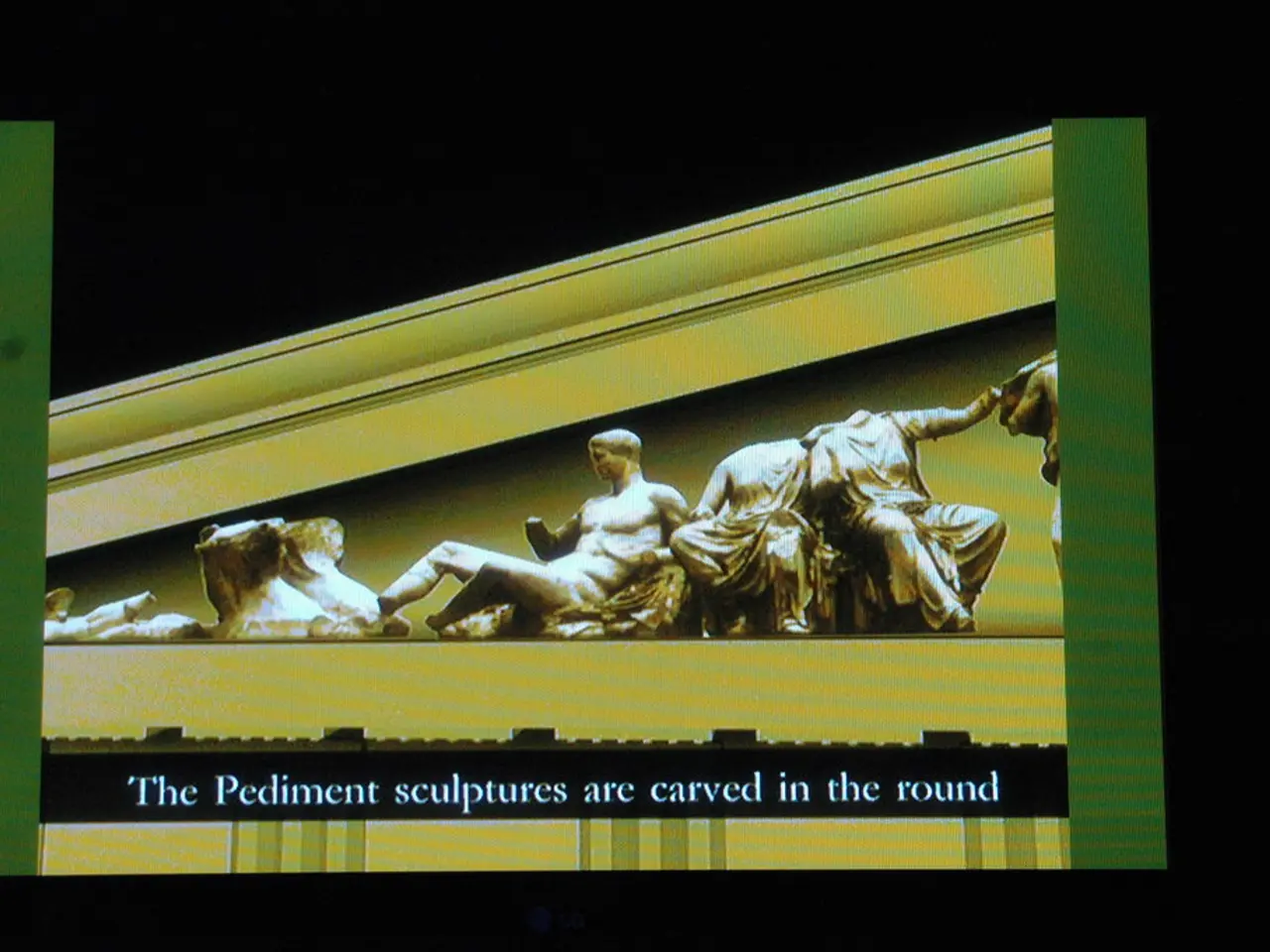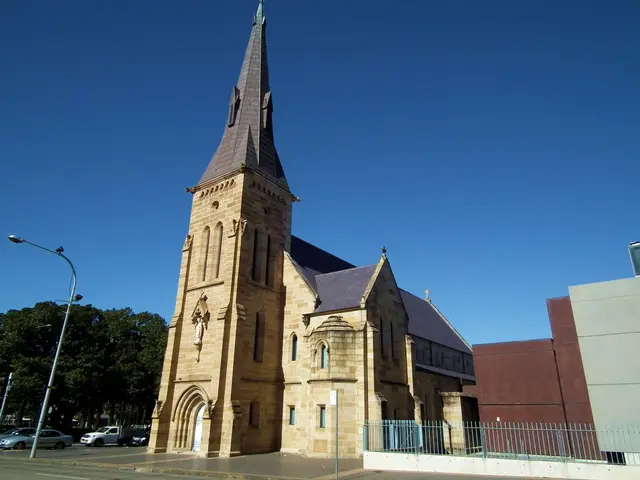Assessing the distinctive directorial perspectives showcased in contemporary movie critiques
In the world of film, directors have become more than just storytellers; they are architects of immersive experiences, inviting audiences into their worlds and fostering a shared experience that transcends the screen. Through a multitude of techniques, these visionary filmmakers shape the viewing experience, crafting stories that resonate deeply with audiences.
Camera angles and movements, sound design, and editing choices are some of the tools directors use to sculpt their cinematic masterpieces. For instance, rapid cuts or long takes can drastically alter a film's rhythm, as seen in the works of directors like Edgar Wright and Alfonso Cuarón. On the other hand, directors like Wes Anderson utilize symmetrical framing to create a distinct visual style, while others employ dynamic camera movements to immerse viewers in the narrative.
The auditory landscape crafted by directors enhances storytelling by adding layers of depth and emotion. Directors like Christopher Nolan often collaborate with renowned composers to create immersive soundscapes. These soundscapes, combined with meticulous sound design, help to evoke specific emotions and heighten the impact of key moments in a film.
Vivid color palettes are another tool directors use to evoke emotions and highlight cultural contexts. For example, the visual style of directors like Wes Anderson is a canvas that speaks volumes, with symmetrical framing being a notable characteristic. In contrast, directors like Bong Joon-ho explore societal issues through allegorical storytelling, using color to reflect the mood and themes of their films.
Modern cinema is a tapestry woven with the intricate threads of directorial techniques. Some directors, like Ryan Coogler, embrace genre innovation, blending horror and adventure in the original period-setting film, "Sinners" (2025). Coogler, known for Black Panther and Creed, brings a fresh, ambitious vision with a complex narrative and compelling performances.
Another example is Philippe Lesage's "Who by Fire" (2025), an atmospheric ensemble drama that uses meticulous cinematography to explore modern masculinity and interpersonal tension. The film employs visual storytelling to subvert expectations of suspense and horror, featuring striking dance sequences and a carefully paced narrative.
"The Gorge" (2025), a sci-fi romantic action film, offers a thrilling blend of speculative world-building and emotional character development. Its director achieves a marriage of intense plot and visual flair, crafting both suspenseful action and romantic depth by exploring a perilous world with mutated creatures, enhancing the narrative with imaginative sci-fi elements.
Notable older examples often referenced for visionary direction and storytelling include Peter Jackson's The Lord of the Rings trilogy (2001-2003), which revolutionized epic fantasy storytelling with groundbreaking visual effects, richly detailed world-building, and emotionally resonant characters. Another example is Eliza Hittman's Never Rarely Sometimes Always (2020), a small-scale but deeply empathetic drama that uses intimate, authentic performances and restrained filmmaking techniques to explore sensitive social issues.
These films exemplify how modern directors harness innovative visual styles, narrative complexity, and thematic richness to create distinct cinematic experiences that push the boundaries of traditional storytelling. Embracing the diversity of directorial styles enriches our understanding and appreciation of film as an ever-evolving art form. The works of directors combine to form the signature styles that define today's cinematic masterpieces, redefining storytelling and captivating audiences.
- Through editing choices and camera movements, directors construct unique cinematic experiences, altering a film's rhythm similar to how Edgar Wright and Alfonso Cuarón do.
- Directors like Wes Anderson use symmetrical framing not just for storytelling, but also to create a distinctive visual style.
- Soundscapes, crafted through collaborations with renowned composers and meticulous sound design, create emotional impact in films directed by visionaries like Christopher Nolan.
- Wes Anderson's visual style, characterized by symmetrical framing, is a canvas that speaks volumes in the world of cinema.
- In the film "Sinners" (2025), director Ryan Coogler demonstrates his fresh, ambitious vision by blending horror and adventure, offering genre innovation.
- Philippe Lesage's "Who by Fire" (2025) employs meticulous cinematography to subvert expectations of suspense and horror in an atmospheric ensemble drama.
- With its imaginative sci-fi elements, "The Gorge" (2025) showcases a director's ability to merge suspenseful action, romantic depth, and visual flair, creating a thrilling blend of speculative world-building and emotional character development in cinema-going entertainment.







